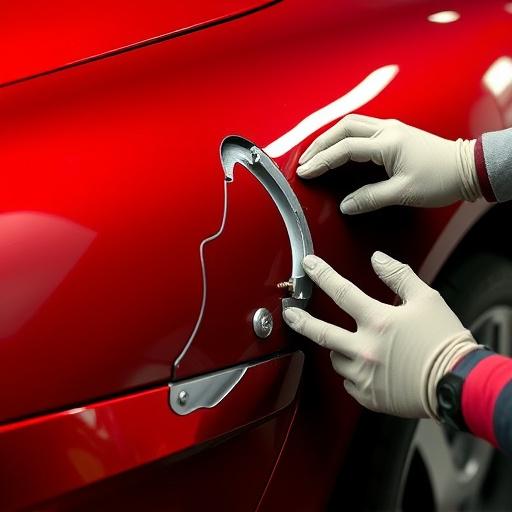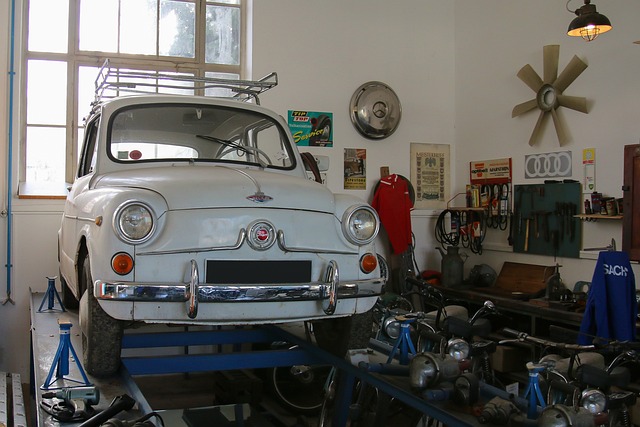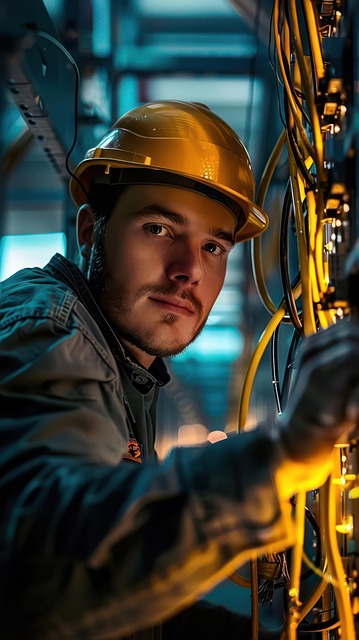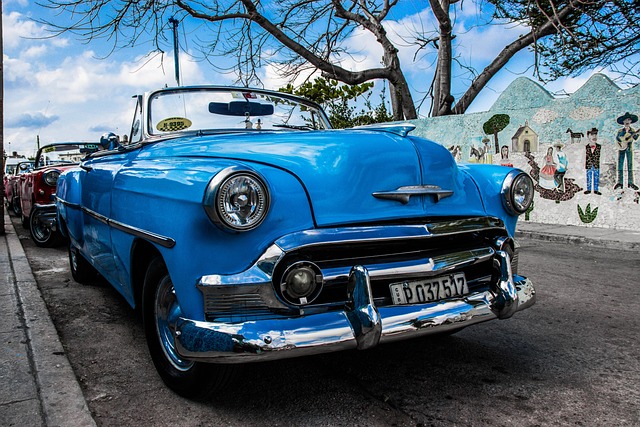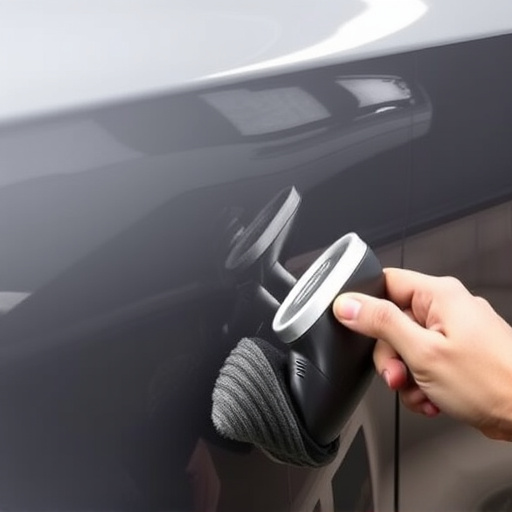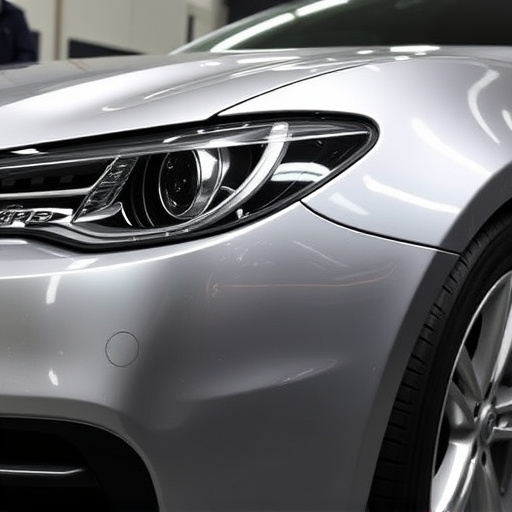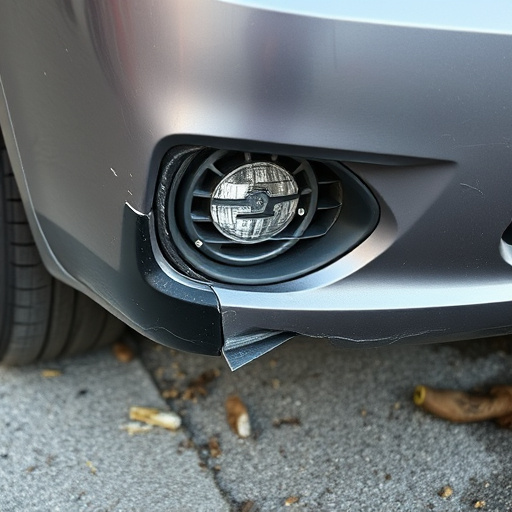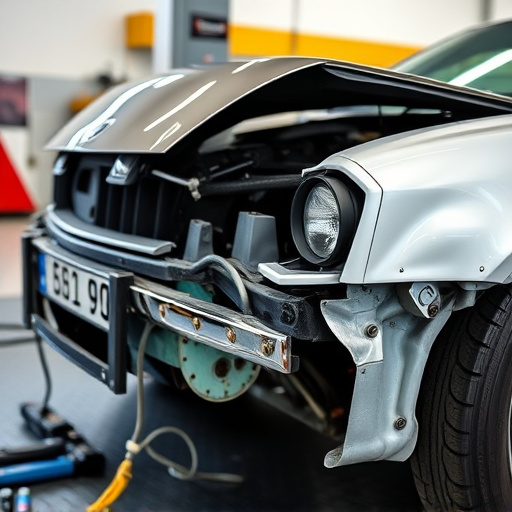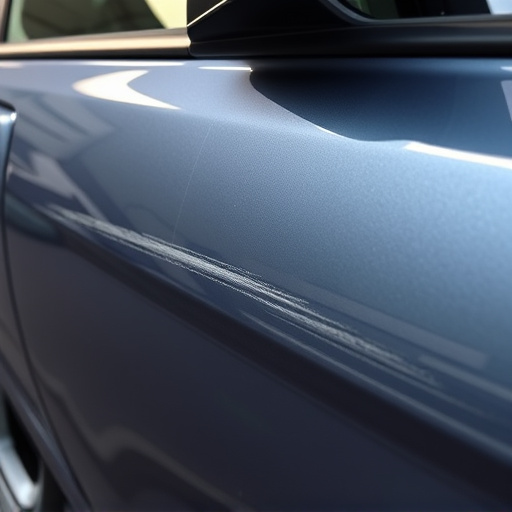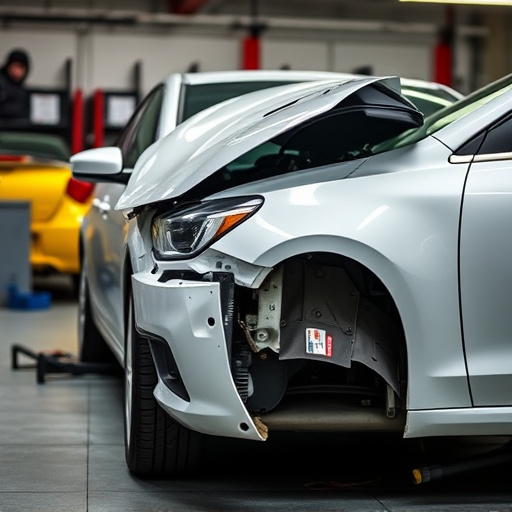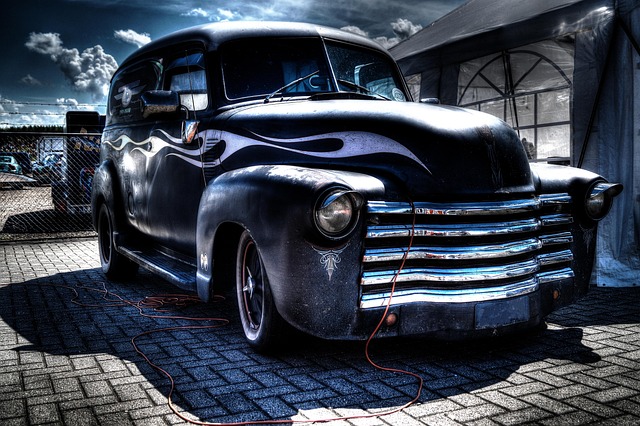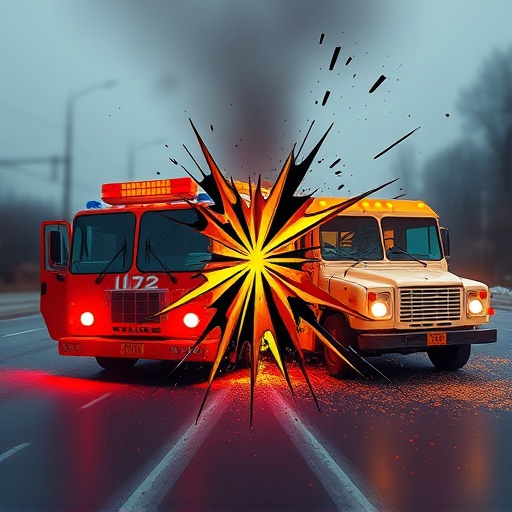Ice damage collisions require specialized repair techniques for exterior panels and structural integrity. Frame straightening using robotic welding and CAD systems ensures safety standards are met. Interior refurbishment is crucial to restore vehicle aesthetics, replacing damaged parts like upholstery, dashboards, and door panels with high-quality replacements. Reputable collision repair shops offering comprehensive services deliver top-notch ice damage collision repair results.
Ice damage can wreak havoc on vehicles, causing significant structural and cosmetic issues. When repairing an icy crash, understanding which areas are commonly affected is vital for a successful restoration. From exterior panels and bodywork to intricate interior refurbishments, this guide explores the critical zones in ice damage collision repair. Learn about effective frame straightening techniques and essential considerations for each component, ensuring vehicles return to their pre-incident condition.
- Exterior Panels & Bodywork Restoration
- Frame Straightening Techniques
- Interior Refurbishment Considerations
Exterior Panels & Bodywork Restoration
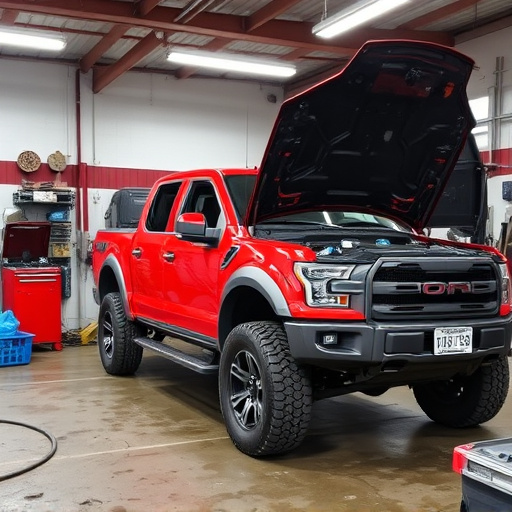
Exterior panels and bodywork are among the most visibly affected areas during an ice damage collision. In regions prone to freezing temperatures, a simple fender bender or collision can result in significant repairs due to the unique challenges posed by ice. When a vehicle is involved in such an incident, the exterior panels and body structure may sustain dents, cracks, or even complete detachment from the car body.
Restoring these components requires skilled technicians at a reputable collision repair shop. They employ specialized tools and techniques tailored for ice damage repair, ensuring that each panel is precisely aligned and fitted back into place. The process involves meticulous work to address not just visible issues but also hidden damages that could compromise structural integrity. Proper restoration of the exterior ensures the vehicle not only looks its best but also maintains safety standards, making it a crucial step in any ice damage collision repair.
Frame Straightening Techniques
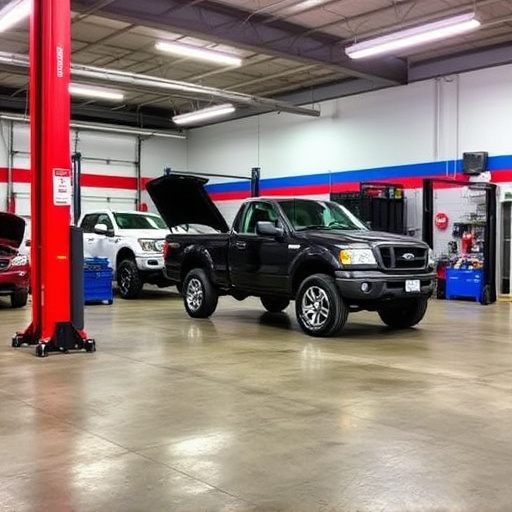
When dealing with ice damage collision repair, frame straightening is a critical step to ensure the vehicle’s structural integrity and safety. Modern collision repair shops employ advanced techniques, such as robotic welding and computer-aided design (CAD) systems, to precisely straighten frames. These methods allow technicians to accurately measure and adjust damaged components, restoring them to their original specifications.
In addition to high-tech equipment, tire services and car paint services often play a supporting role in the frame straightening process. Proper alignment of wheels and tires is crucial for maintaining vehicle handling and stability after repair. Similarly, skilled painters use specialized techniques and high-quality paints to restore the car’s exterior finish, ensuring it not only looks good but also protects the underlying metal from future corrosion. Collision repair shops that offer comprehensive services, including these aspects, can deliver top-notch results, restoring vehicles to their pre-accident condition.
Interior Refurbishment Considerations

When repairing a vehicle after ice damage, interior refurbishment plays a significant role in restoring it to its pre-accident condition. Ice can cause various internal components to become damaged or affected, including upholstery, dashboards, and door panels. During the collision repair process, auto collision centers should consider replacing these parts if they are beyond repair to ensure a seamless fit and finish. The goal is to provide customers with a vehicle that not only looks like new but also feels like it, ensuring comfort and satisfaction.
Vehicle body shops specializing in ice damage collision repair need to have access to high-quality replacement parts and skilled technicians who can handle intricate refurbishment tasks. This involves meticulous craftsmanship when fitting new interior components to match the original specifications. By prioritizing these considerations, automotive collision repair experts can deliver top-notch results, ensuring customer satisfaction and maintaining the vehicle’s aesthetic appeal.
In the event of ice damage, understanding the common vehicle areas affected is crucial for efficient collision repair. From exterior panels and bodywork restoration to intricate interior refurbishment, each component requires specialized care. Effective frame straightening techniques ensure structural integrity while meticulous attention to detail preserves the vehicle’s aesthetic appeal. By leveraging advanced technologies and adhering to industry best practices, professionals can skillfully navigate the challenges of ice damage collision repair, ensuring vehicles return to their pre-incident condition.

